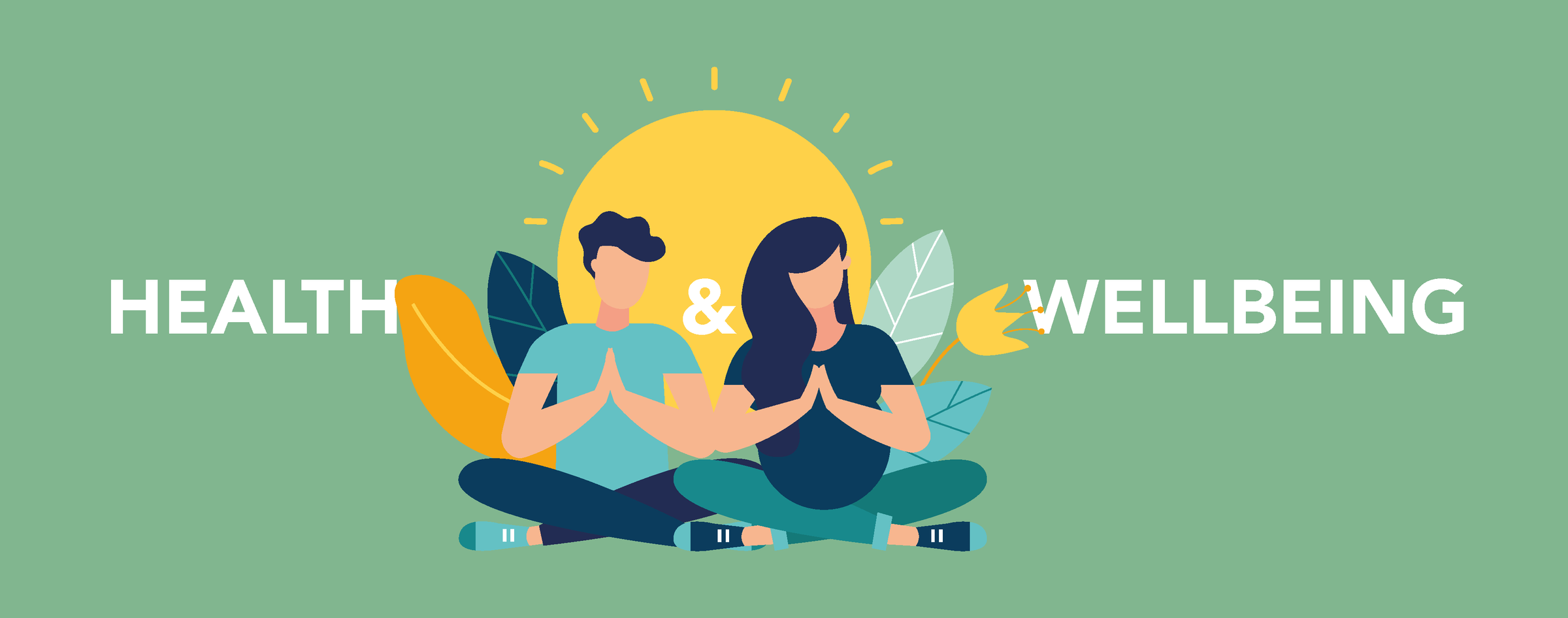Health & Wellbeing
Healthy Body ~ Healthy Brain

Health & Wellbeing
Healthy Body ~ Healthy Brain
Key points
Why internet safety matters for children
School-age children like going online to look at videos, play games and connect with friends and family. They might also be using the internet for schoolwork, homework or hobbies. School-age children can go online using computers, mobile phones, tablets, smartwatches, TVs and other internet-connected devices, including toys.
Because school-age children are starting to be independent online and might go online unsupervised, there are more internet safety risks for them than there are for younger children. There are particular risks if your child uses the internet to communicate with others – for example, on messaging apps, on social media or in games.
When you take some practical internet safety precautions, you protect your child from potentially harmful or inappropriate content and activities. You also teach your child skills for using the internet safely on their own. And your child gets to make the most of their online experience, with its potential for learning, exploring, being creative and connecting with others.
As your child gets older and more confident and starts using the internet independently, you’ll need to review risks and strategies for handling them. Our article on internet safety for children aged 9-11 years has ideas.
Internet safety risks for school-age children
There are 4 main kinds of internet safety risks for children.


Content risks
For school-age children, these risks include things that they might find upsetting, disgusting or otherwise uncomfortable. This might include sexual content in games or movies, pornography, images of cruelty to animals, and real or simulated violence.
Contact risks
These risks include children coming into contact with people they don’t know or with adults posing as children online. For example, a child might be persuaded to share personal information with strangers, provide contact details after clicking on pop-up messages, or meet in person with someone they’ve met online.
Conduct risks
These risks include children acting in ways that might hurt others or being the victim of this kind of behaviour. For example, a child might destroy a game that a friend or sibling has created. Another conduct risk is accidentally making in-app purchases.
Contract risks
These risks include children signing up to contracts, membership agreements, or terms and conditions that they aren’t aware of or don’t understand. For example, children might click a button that allows a business to send them inappropriate marketing messages or collect their personal or family data. Or children might use a toy, app or device with weak internet security, which leaves them open to identity theft or fraud.
Child-friendly choices
These tips involve choosing child-friendly and age-appropriate technology and content to keep your child safe:
Boundaries and limits
These ideas involve using technological restrictions to keep your child safe:
Internet safety precautions are important. But it’s also important to help your child learn how to use the internet safely and responsibly and respond positively to online risks. Good ways to do this include going online together, being a role model, talking about appropriate content and behaviour, talking about privacy, and showing your child how to handle privacy and online purchases.
Talking about appropriate online behaviour
Talking with your child about appropriate and inappropriate online behaviour will help your child learn how to stay safe.
Here are things you can do:
Being a good role model
Your child learns from you. This means you can model safe and healthy internet use by using digital media in the way you want your child to use it, now and in the future. For example, you might keep internet-connected devices out of bedrooms, and use technology for positive purposes like sending supportive messages to friends.
More Information about Internet Safety...


If you would like to make a suggestion on what you would like included in the Health and Wellbeing page, please email using the link here ...